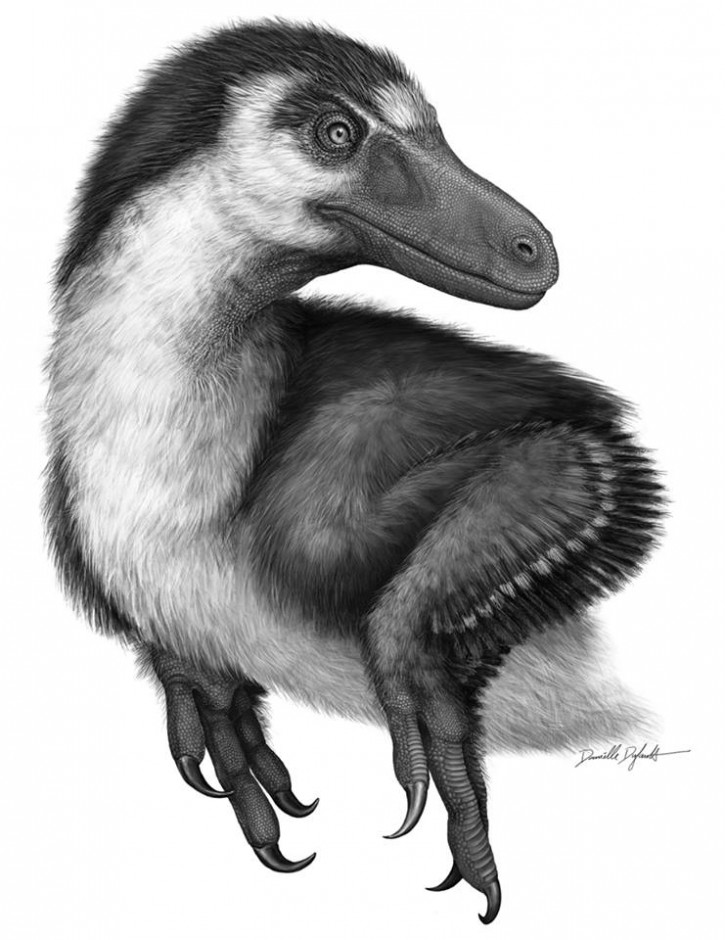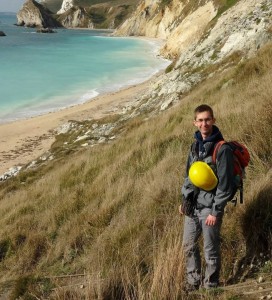This post originally appeared at: http://the-briefing.com/a-new-power-is-rising/
People always under-estimate the power of the fossil record. There has always been this stigma surrounding it that it is too poor, or too biased to read ‘properly’, and is consequently of no use. I still hear this quite a bit, and there are a couple of reasons for it.
Over the last ten years or so, there has been a substantial increase in the methods we can use to interpret the fossil record, based on an increased understanding of the interaction between large fossil data sets, the geological record, and the way in which we as humans have sampled these archives. This has dramatically changed the way in which we think of, and use, the fossil record – we see its imperfections, but we also know how to compensate for them, making the fossil record a new rising power for understanding biological patterns in deep time.
[Read More]


